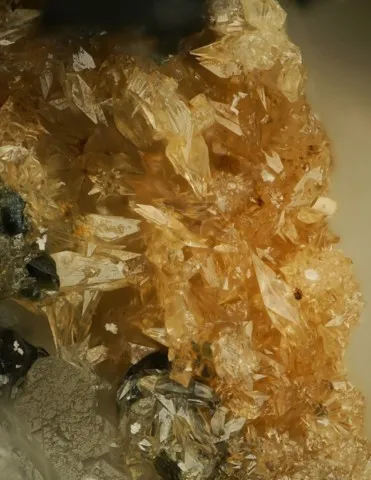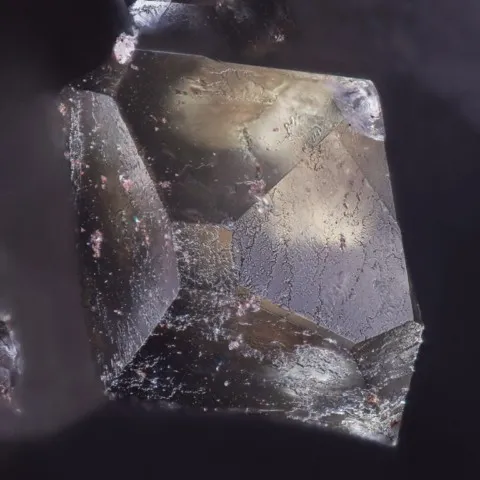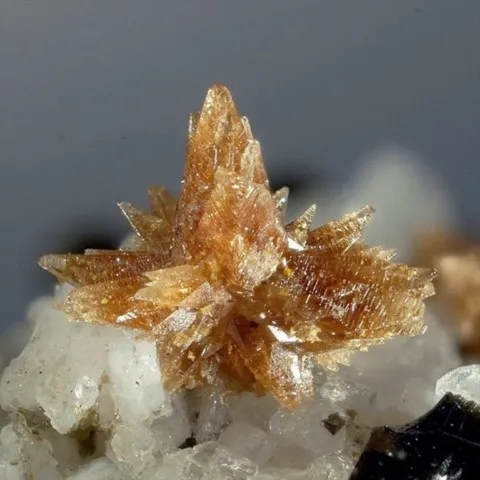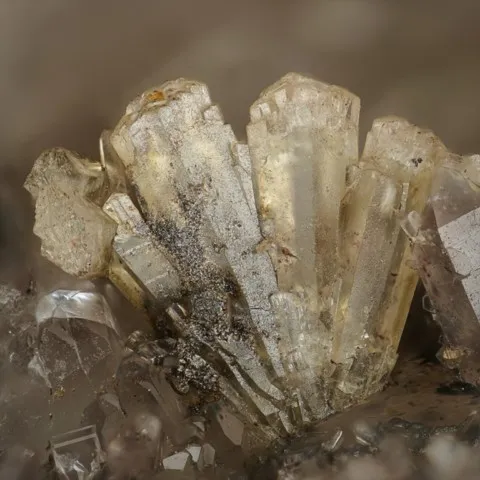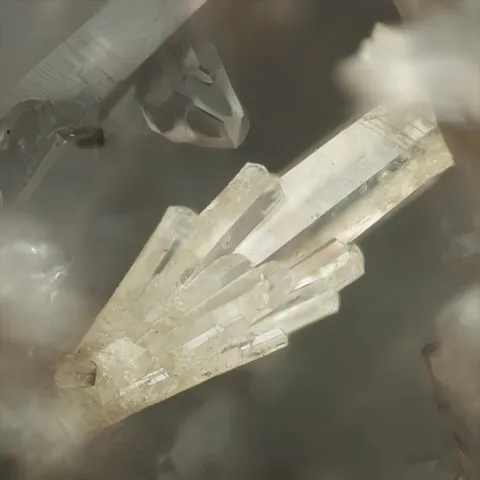TILASITE
Class : Phosphates, arsenates, vanadates
Subclass : Anhydrous arsenates
Crystal system : Monoclinic
Chemistry : CaMg(AsO4)F
Rarity : Rare to uncommon
Tilasite is a fairly rare arsenate, typical of metamorphic deposits of manganese or zinc containing arsenic. Tilasite is associated with many manganese minerals, as well as calcite and barite. It was named in honor of the Swedish mining engineer Daniel Tilas. It occurs in equant or elongated crystals, often complex, up to 3.5 cm. They form subparallel aggregates, veinlets or masses. Its color is variable : usually milky white, it can become gray to purplish gray, pink or apple green to olive green.
Main photo : Tilasite from Wanni Glacier, Valais, Switzerland © Stephan Wolfsried
Tilasite in the World
Twinning
Twinning is known on {001}.
Fakes and treatments
No fakes listed for this mineral species.
Hardness : 5
Density : 3.77
Fracture : Undetermined
Streak : White
TP : Translucent
RI : 1.640 to 1.675
Birefringence : 0.035
Optical character : Biaxial -
Pleochroism : None
Fluorescence : Yellow, orange, red
Solubility : Nitric acid, hydrochloric acid
Magnetism : NoneRadioactivity : None

